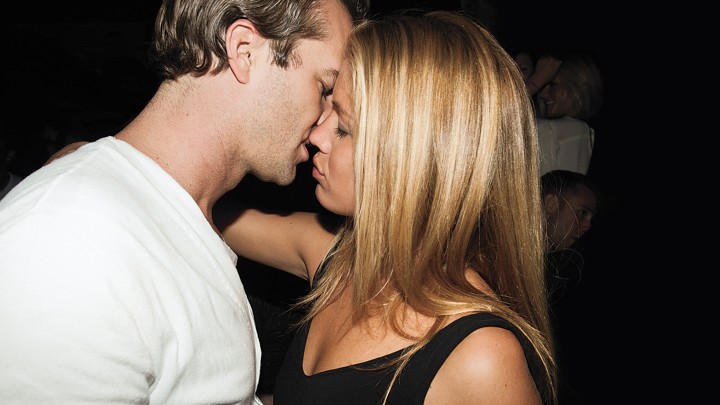
For a few years, “hookup culture” created a moral panic that the college-age set was now a generation of horn dogs, always DTF and emulating the vapid sexuality they’d seen in internet porn.
Outcries came from the expected conservative corners and also from female writers who bemoaned, in the words of Teen Vogue advice columnist Rachel Simmons, “a growing trend in girls’ sexual lives where they are giving themselves to guys on guys’ terms.”
Once researchers looked into actual sexual norms, they found that young people are having less sex than people their age did in decades past.

The Centers for Disease Control and Prevention found that the percentage of high-schoolers who’d had intercourse dropped from 54 to 40 percent from 1991 to 2017.
Sexual frequency also diminished from Generation X to Generation Y and millennials are on track to have fewer partners by adulthood than did either X-ers or Baby Boomer.
Researchers are still speculating on the why’s — more social time spent on devices, more anxiety and fear around intimacy, greater availability of porn and sex toys to satisfy oneself alone — but one thing is clear: “Hookup culture” might mean a detachment of commitment from sex for some, but it does not equate to a syphilis-spreading sexual indulgence.

Nicole Prause, PhD, a sex researcher formerly associated with the Sexual Psychophysiology and Affective Neuroscience Laboratory at the University of California, Los Angeles, said that concerns over more casual relationships constitute “a sex panic,” that is familiar whenever sexual norms change.
“I think society is shifting a little bit, to be a little bit more European” said Prause. “Europeans are less likely to marry, tend to be less interested in status and don’t need the label. Maybe it’s a more progressive form [of coupling].”

Dainton said new terms and evasive labels, like hookups and situationships, are the result of “a new generation taking on a new paradigm.”
One factor is that millennials have multiple friends of the opposite gender. “It used to be that once you started interacting with someone from the opposite sex, that was the start of a flirtation,” said Dainton. “It was expected that to be the goal of the interaction. …. The experience is shifting.”
If heterosexual young people meets a friend of the opposite gender they’re attracted to, but are unsure of, a situationship is one way their attraction can pan out.

She said her greatest concern is young people’s obsession over maintaining appearances. “We are looking at a generation of people afraid of harming their face,” said Dainton, “people who want to remain free of being rejected.”
She added, “People underestimate how much saving face is an essential part of young adults’ behavior patterns and that it interferes with their expectations.”
Some avoid asking for what they want due to an unhealthy fear of rejection, she said